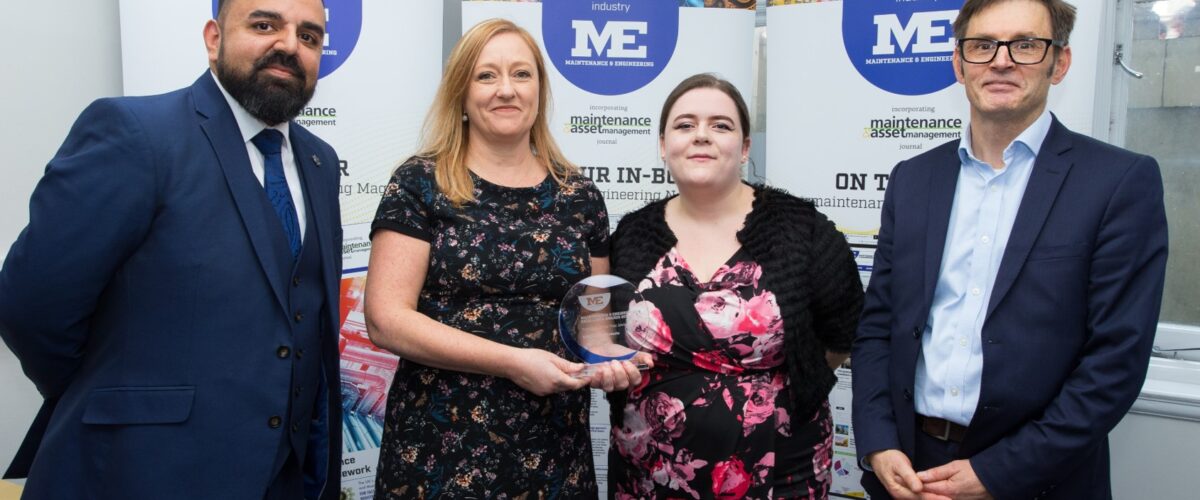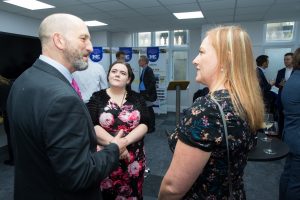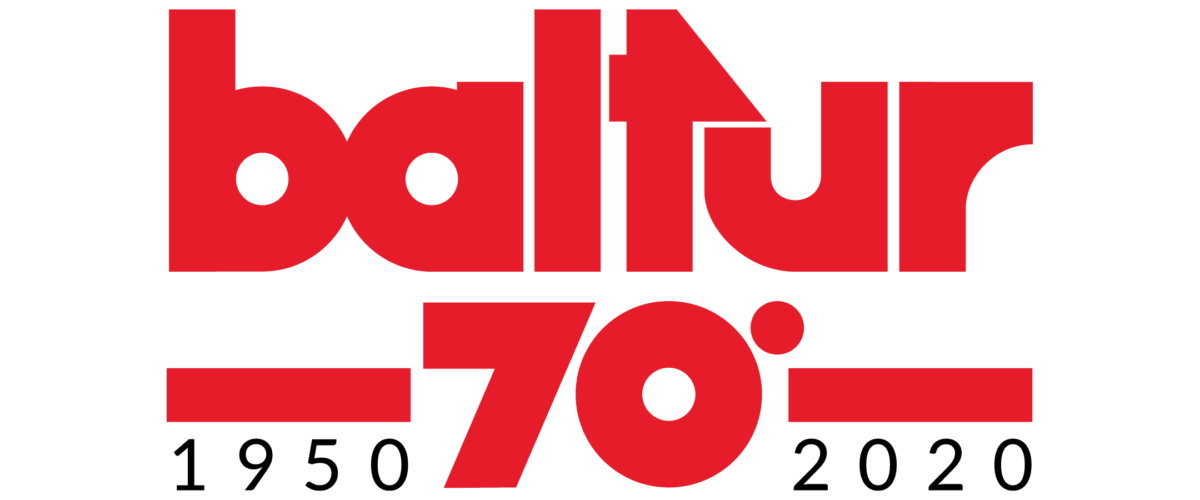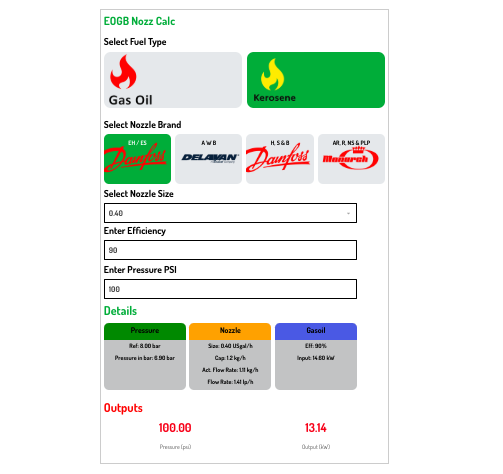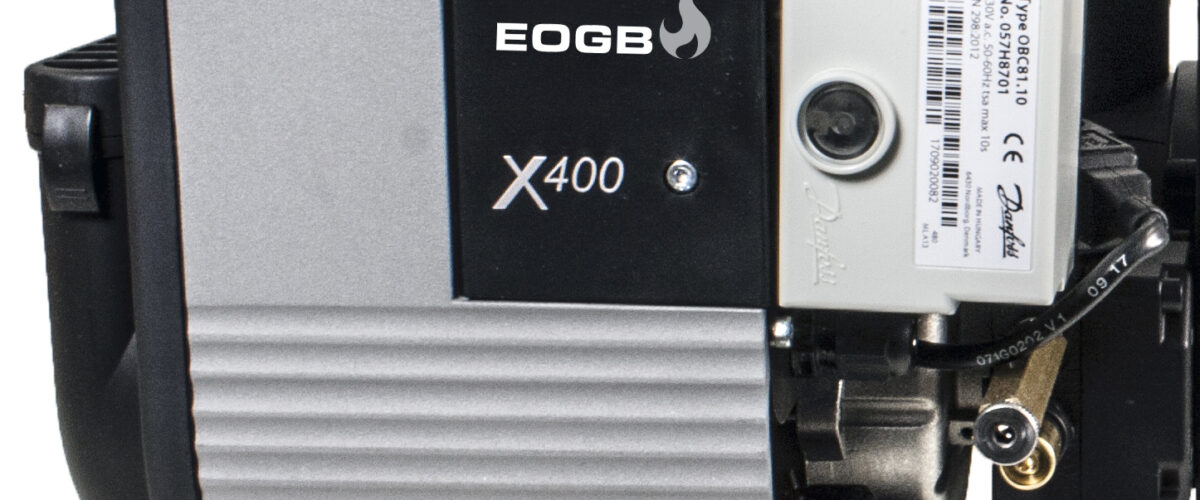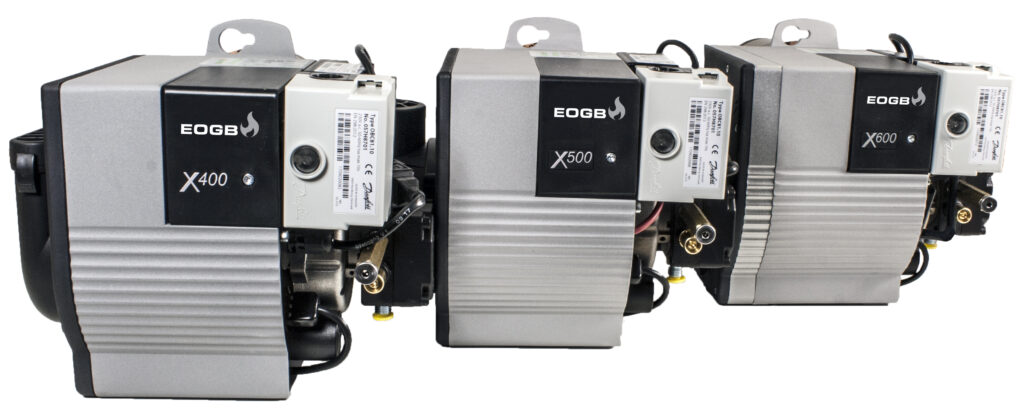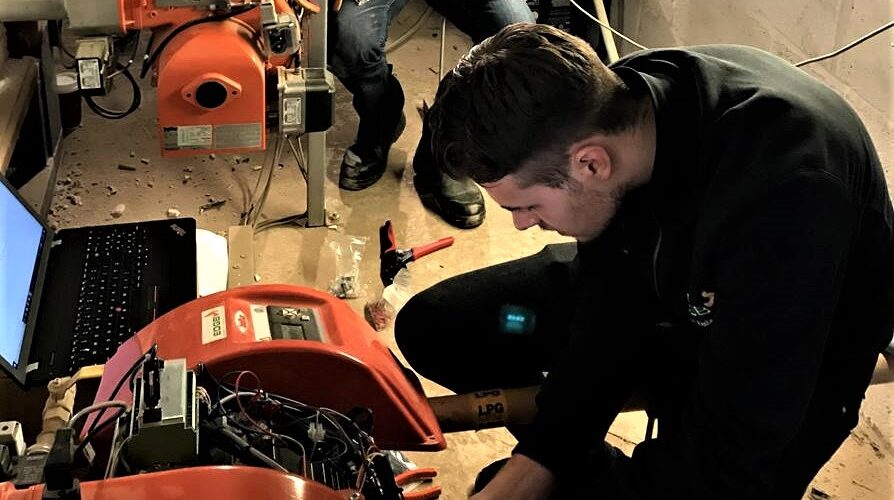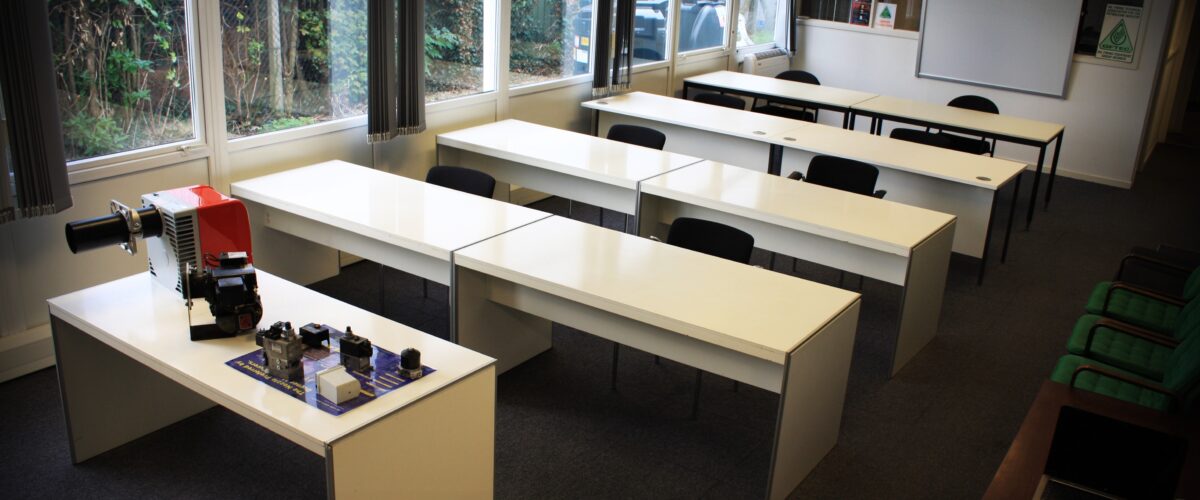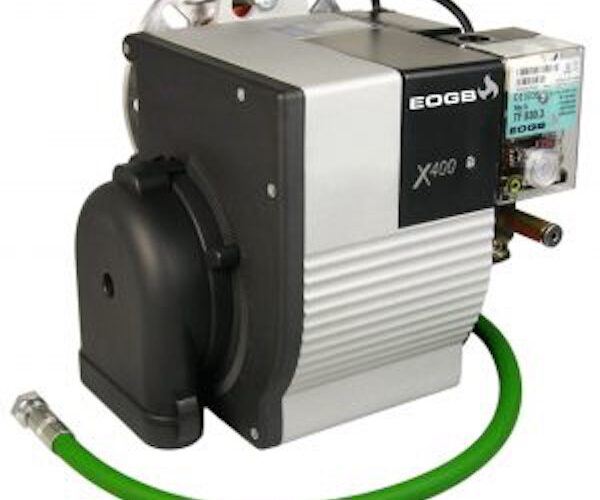
Bioliquid Trials for the Future of the Oil Industry
EOGB Energy Products Ltd have recently completed two B30K installations, with one located at EOGB’s manufacturing and training facility and one at a residential property in Cambridgeshire. The tanks were supplied by Kingspan and Harlequin, the fuel is sourced from Argent Energy and the boiler is EOGB’s new fully-modulating blue flame system – due to be launched later this year.
Martin Cooke, Technical Director at EOGB, comments: “This is really a continuation of the initial B30K trials that were conducted by OFTEC in 2010. Since then, new technologies have emerged like blue flame low NOx and, of course, modulating burners and boilers. The increase in this kind of technology shows us that testing for this decarbonisation solution is well underway to ensure a smooth and well-planned roll out of the fuel.”
EOGB and other companies have also since produced bio-compatible products that are already used as standard today – like the bioliquid ready green hoses and filters – meaning that the bioliquid solution for off-grid decarbonisation will ultimately result in minimal changes for the end user.
Considering all options for the future
“With the recent interest in heat pumps and electric heating solutions, it is important to ensure that we all have all of the information available to us in order to promote and take on the best solutions for net zero by 2050,” continues Martin Cooke. “With this in mind, the liquid fuel industry is keen to point out that electrification and heat pumps are not suitable for all property types – particularly the more rural, less insulated properties that typically run on oil systems that would require major extensive renovation work to install a heat pump – only to result in similar or greater energy costs for the end user.”
Avoiding fuel poverty
“As a company, we’re keen to tackle the issue of potential fuel poverty, which could result from the installation of heating upgrades that do not necessarily fit a property’s existing construction fabric. For this reason, and many more, EOGB backs the bioliquid decarbonisation solution, which keeps the existing installation and simply changes the fuel to a bio blend with a planned program for the whole industry to be on 100% bioliquid by 2035.”
EOGB are one of the UK’s leading manufacturers and distributors of oil, gas and dual fuel burners for domestic, commercial and industrial applications.

